High-strength bolts are the most common construction content in our steel structure construction, and all steel structure engineers will find familiarity and can no longer be familiar. However, this may not be the case. We start with the most basic concepts and bring you back to the high-strength bolts, which may subvert your most basic understanding. 01. What is a high-strength bolt High-Strength Friction Grip Bolt, literally translated as: high-strength friction pre-tightening bolt, English abbreviation: HSFG. It can be seen that the high-strength bolts mentioned in our Chinese construction are short for high-strength friction pre-tightening bolts. In daily communication, the words "Friction" and "Grip" are simply abbreviated, but it has caused many engineers and technicians to understand the basic definition of high-strength bolts, which has caused misunderstanding. Subversion one: The core difference between high-strength bolts and ordinary bolts is not the strength of the material used, but the form of the force. The essence is whether to apply the pre-tightening force and to use the static friction to shear. (1)* In fact, in the British standard, the high-strength bolts (HSFG BOLT) mentioned in the American standard are only 8.8 and 10.9 (BS EN 14399 / ASTM-A325 & ASTM-490), while ordinary bolts contain 4.6, 5.6. , 8.8, 10.9, 12.9, etc. (BS 3692 11 Table 2); thus, the strength of the material is not the key to distinguish between high-strength bolts and ordinary bolts. 02. Correct understanding of "high strength", strong where According to GB50017, calculate the tensile strength and shear strength of a single ordinary bolt (Class B) 8.8 and high-strength bolt 8.8. Through calculation, we can see that the design values ​​of tensile strength and shear strength of ordinary bolts are higher than those of high-strength bolts under the same level. (2)* So high-strength bolts, where is "strong"? In order to answer this question, we must start from the design working state of the two bolts, study the law of elastoplastic deformation, and understand the limit state of the design failure. Stress-strain curve of ordinary bolts and high-strength bolts under working condition Limit state when designing damage Ordinary bolts: The screw itself occurs more than the plastic deformation allowed by the design, and the screw is cut. High-strength bolt: The static friction between the effective friction surfaces is overcome, and the two steel plates are relatively displaced. The design consideration is damage. Subversion 2: Misunderstanding: The bearing capacity of high-strength bolts is higher than that of ordinary bolts, which is "high-strength". It can be known from the calculation of a single bolt that the design strength of high-strength bolts is lower than that of ordinary bolts. The essence of its high strength is that the node does not allow any relative slip during normal operation, that is, the elastoplastic deformation is small and the joint stiffness is large. It can be seen that the node designed with high-strength bolts does not necessarily save the number of bolts used in the case of a given design node load, but its deformation is small, the rigidity is large, and the safety reserve is high. It is suitable for the main beam, and the position where the node stiffness is required to be large, which is in line with the basic seismic design principle of "strong node, weak member". 03. Comparison of high-strength bolts Ordinary bolts and high-strength bolts have great differences in construction inspection methods due to their different design principles . The marking of ordinary bolts and high-strength bolts is the basic method for on-site identification of the same grade bolts. Since the values ​​calculated for the high-strength bolt torque values ​​are not the same in the Anglo-American standard, it is also necessary to identify the two standard bolts. price comparison High-strength bolt: (M24, L60, grade 8.8) Ordinary bolt: (M24, L60, 8.8) It can be seen that ordinary bolts are about 70% of the price of high-strength bolts. Combined with the comparison of their acceptance requirements, it can be concluded that the premium part should be to ensure the impact energy (toughness) performance of the material. 04. Summary For a seemingly simple problem, it is not a simple matter to want to be in-depth, comprehensive, and correct in nature. The definition, meaning, and profound difference between high-strength bolts and ordinary bolts are the basic premise for us to correctly understand, apply high-strength bolts, and carry out construction management. (2)*: For the sake of comparison, the force of the complex bolt group is not considered here. (3)*: The pressure-bearing high-strength bolts are also designed with the bearing pressure of the screw in mind, and will be described in detail in the following “High-strength bolt bearing type and friction type comparisonâ€. Slow Release Fertilizer Slow Release Fertilizer Hebei Monband Water Soluble Fertilizer Co., Ltd. , https://www.wsfertilizer.com
Misunderstanding: Bolts with material grades exceeding 8.8 are "high-strength bolts". 
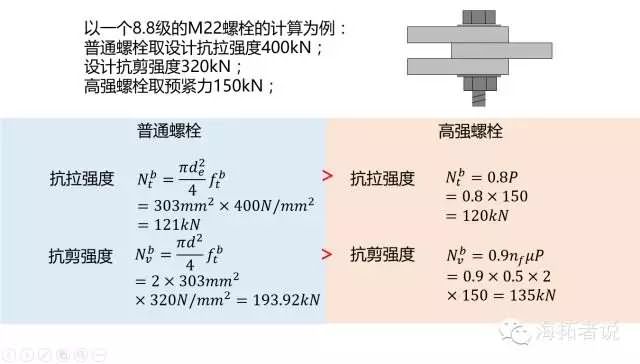
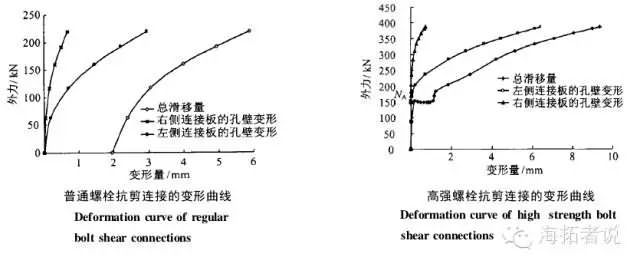
Ordinary bolt connection, the relative slippage will occur between the connecting plates before the shearing force is started, and then the bolt rod and the connecting plate are in contact, and the elastic plastic deformation occurs, and the shearing force is received.
High-strength bolt connection, the friction first bears the shear force. When the load is increased until the friction is insufficient to resist the shear force, the static friction is overcome and the connecting plate is relatively slipped (limit state). However, although it is broken at this time, the bolt rod and the connecting plate are in contact with each other, and the elastoplastic deformation of the bolt can be utilized to withstand the shearing force. (3)
The strength of the high-strength bolt is not the design value of its own bearing capacity, but the rigidity of the design node, the high safety performance and the strong resistance to damage. 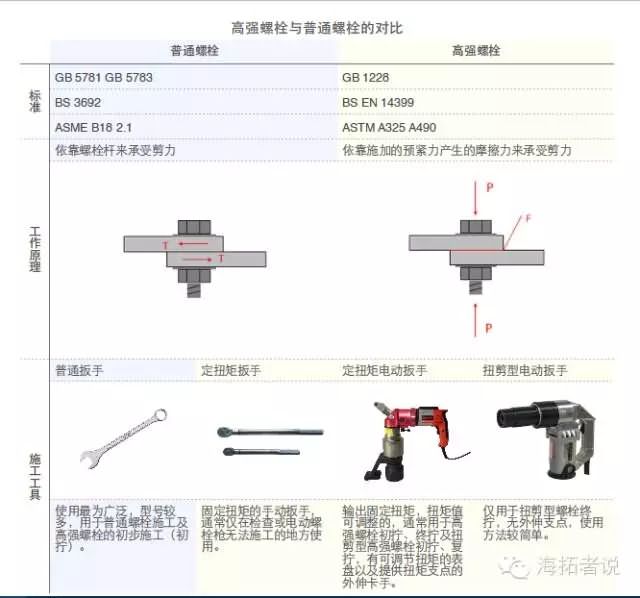
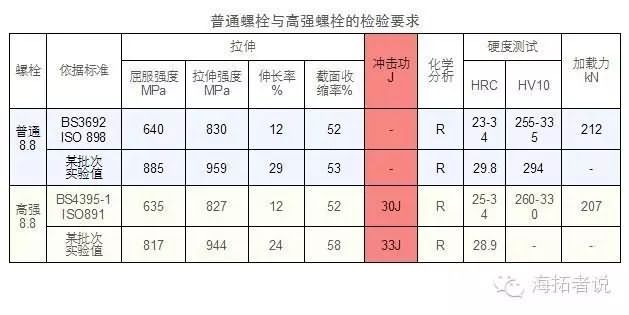
The mechanical performance requirements of common bolts of the same grade are slightly higher than those of high-strength bolts, but high-strength bolts have more requirements for acceptance of impact energy than ordinary bolts.
Logo style comparison 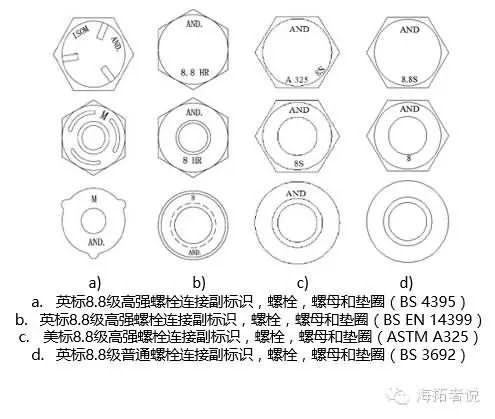
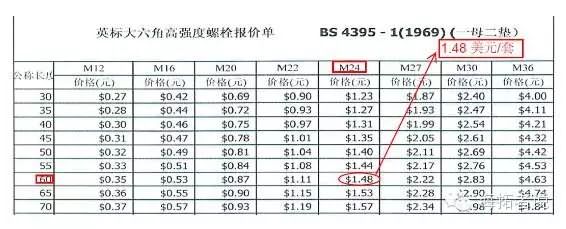

View:
(1)*: It is indeed proposed in some steel structure books. High-strength bolts refer to bolts with a strength exceeding 8.8. For this view, first of all, the Anglo-American standard does not support, and does not define "strong" and "weak" for a certain intensity level. Secondly, it does not meet the "high-strength bolts" mentioned in our work.
Correct understanding of high-strength bolts and ordinary bolts